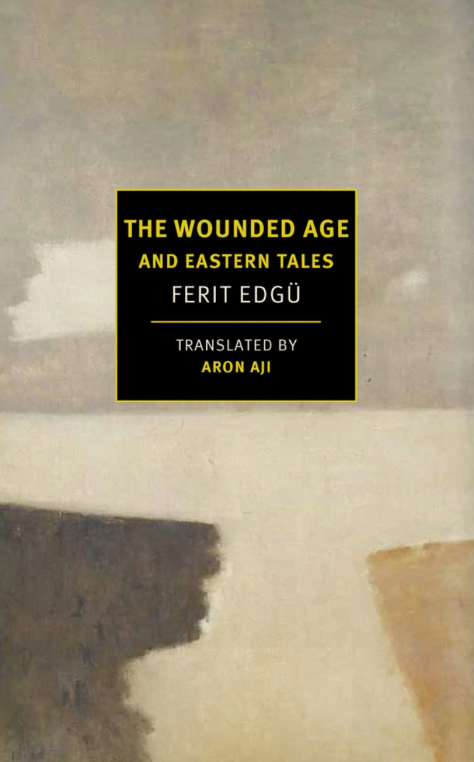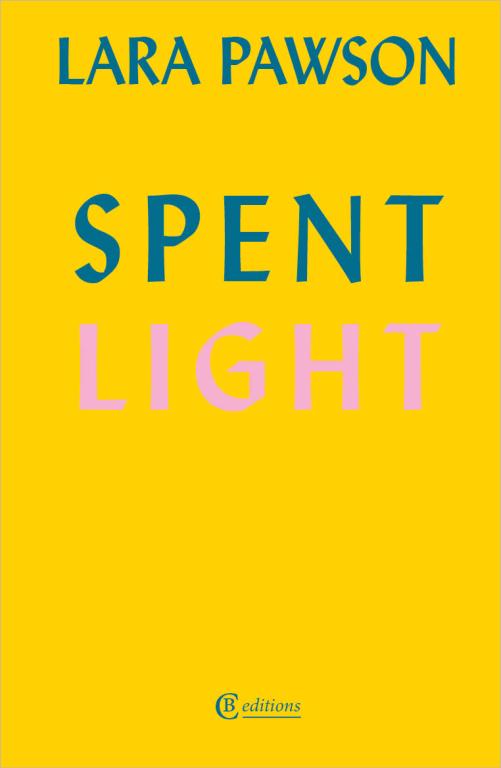On the surface, Andrea Tompa’s Home is, like its name implies, a story about home, or, rather, a journey from one home to another. Although it is never explicitly specified, her unnamed protagonist is, like the author, a writer born into an ethnically Hungarian community in Romania who moved to Hungary to study Russian literature. As the novel opens, its heroine, a successful novelist nearing fifty, is waiting at the airport to pick up a long-time friend and the adult daughter of one of their classmates who are both arriving on a flight from the US. Together they will make their way across the border to their hometown for a class reunion that has been years in the making. For the driver, still nervous at the wheel having acquired her license fairly recently, the journey will also be an opportunity to try to understand something about herself and where she truly belongs. As someone who makes magic with words for a living, she is aware that articulating truth is an act that often seems to escape the limitations of language, and that even a concept like “home” can be slippery:
Stuck between two worlds, no longer at home but not yet back at home either, overwhelmed with fear because something has definitely come to an end, at least temporarily, while something else cannot yet commence. In other words, this place called home and obtained at the cost of tremendous effort, has to be left behind in order to depart from home to (another) home, the latter without loved ones or a house to call ones own, only with some sort of a shared past, yet still experiencing the sensation that there must be something there for the articulation of which she is unsuitable.
Over the thirty years since she first left her hometown to study, the protagonist has returned frequently, at first every summer and for holiday gatherings, and then more sporadically, but it will be the first time that all of her surviving classmates, at least those who agree to come, will be together for an entire weekend. Many will be coming from around the globe having found careers and a new lives abroad, others will have stayed close by, aging and changing along with the town. As she anticipates this reunion, she will think back on her own life experiences, in contrast with the varied paths others have happened upon, in this wide ranging meditation on the meaning of home. Three decades is, after all, a long time.
 Intrinsic to the question of home is the matter of language. The main character does not have to give up her mother tongue when she leaves migrates, but she thinks often of the Russian writers who were forced into exile and the ways they adapted, or failed to adapt, to a new literary voice. When encountering friends who are living away from where their shared native language is spoken, questions often arise about how one might translate one word or another. During a six-month student residency in Saint Petersburg she gathers Russian vocabulary and expressions that appear and reappear within the text in Cyrillic script. Borders and, for better or worse, identities blur. And this groundlessness is not exclusively limited to language either. The paintings of an artist from her hometown whom she happens to meet and befriend toward the end of his life, has style that “balances the boundaries of different worlds, a sort of homeless landscape.” Her own life seems to navigate a similarly homeless landscape, one she wants to pass on to her son who is, for all intents and purposes far more grounded and unambiguous in his own identity and sense of belonging than she ever will be.
Intrinsic to the question of home is the matter of language. The main character does not have to give up her mother tongue when she leaves migrates, but she thinks often of the Russian writers who were forced into exile and the ways they adapted, or failed to adapt, to a new literary voice. When encountering friends who are living away from where their shared native language is spoken, questions often arise about how one might translate one word or another. During a six-month student residency in Saint Petersburg she gathers Russian vocabulary and expressions that appear and reappear within the text in Cyrillic script. Borders and, for better or worse, identities blur. And this groundlessness is not exclusively limited to language either. The paintings of an artist from her hometown whom she happens to meet and befriend toward the end of his life, has style that “balances the boundaries of different worlds, a sort of homeless landscape.” Her own life seems to navigate a similarly homeless landscape, one she wants to pass on to her son who is, for all intents and purposes far more grounded and unambiguous in his own identity and sense of belonging than she ever will be.
With the looming class reunion, Home is also very much a novel about the way our view of the world and our place in it changes as we age. Once excited with all the trappings of travel, the protagonist is now uncomfortable with the idea of flying and disenchanted after years of book tours, factors that likely enhance her uncertain appreciation of middle age existence:
In her, several ages coexist at once, she often scrutinizes her mirror image with some consternation because she feels so much younger within, as if she was glowing like a child, if not a little girl. This is what she sees. Not the mature face, never, the fine yet clearly visible wrinkles, the creases and treacherous spots appearing on the skin. Countless ages coexist within her side by side, a multitude of figures are sitting on the barge of the past, trying to make peace with one another and the world, it seems as if the fifty springs, summers, hard-working autumns and increasingly faster-thawing winters had gathered together a proper crowd. Yet many more have sunk without a trace, people she would find it hard to remember.
Of course, once she and her classmates are finally together, all decidedly slower, heavier and more subdued than their younger selves, she is far from the only one with ambivalent feelings about what it means to be “home.”
The narrative traverses the distance between the airport and the reunion, and the space of at least thirty years, at a pace that is negotiated with confidence and skill. Tompa not only refers to her lead as “our protagonist”—especially in the early chapters—but other key figures are similarly unnamed. Her son is simply “the Son,” her father, whose police surveillance file is, she hopes, a key to his troubled life, is called “the Father” as distinct from the man who becomes her husband and the father of their child who is referred to at one point as “the Other.” Likewise, there is “the Professor,” “the Teacher,” and “the Painter.” By contrast, her peers from school and college, form a varied, distinctive, and named cast of characters. In the hands of a less experienced author, this could feel performative, but here it works very effectively. It is, in a sense, a means of keeping a level of anonymity and displacement in what is a story about identity and what it means to have a home, and a mother tongue. A third person perspective that is at once close, yet held at a certain distance from its subject, mirrors the privacy one senses the professional writer values in her public life, while permitting certain insights that she might not actually be able to find words for herself. We learn about her, and her life, gradually, in relation to those around her, while certain aspects—the details of her literary career and her marriage—remain largely in the shadows. Language conceals as much as it reveals.
First published in Hungarian in 2020, Home is not only a novel rich in literary references, from Homer to Shakespeare to Nabakov, but a very contemporary tale wherein characters often search desired quotes on their phones during conversations and the children who have accompanied their parents to the reunion try to teach the adults TikTok dance routines. With humour and intelligence, Tompa has crafted a compelling tale that explores the complicated question of the nature of belonging through and beyond language, while Jozefina Komporaly’s translation deftly carries the magic and wisdom into English.
Home by Andrea Tompa is translated from the Hungarian by Jozefina Komporaly and published by Istros Books.









